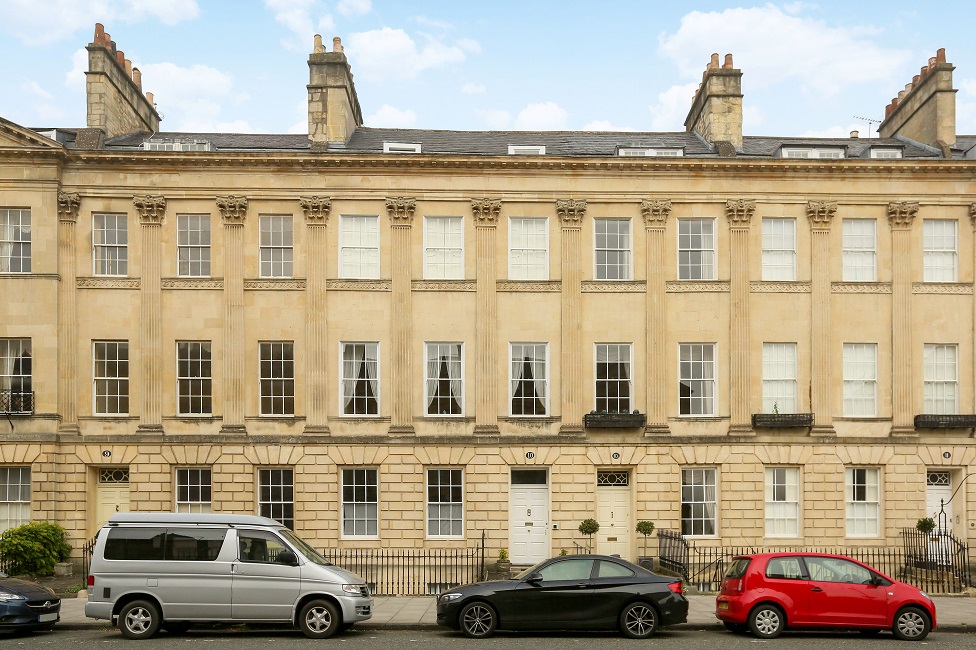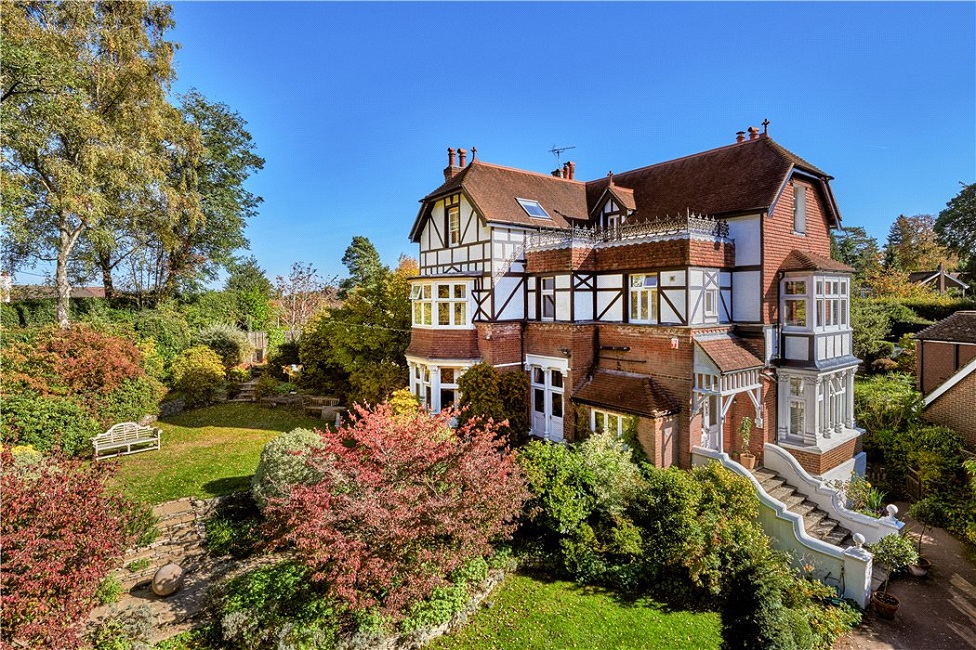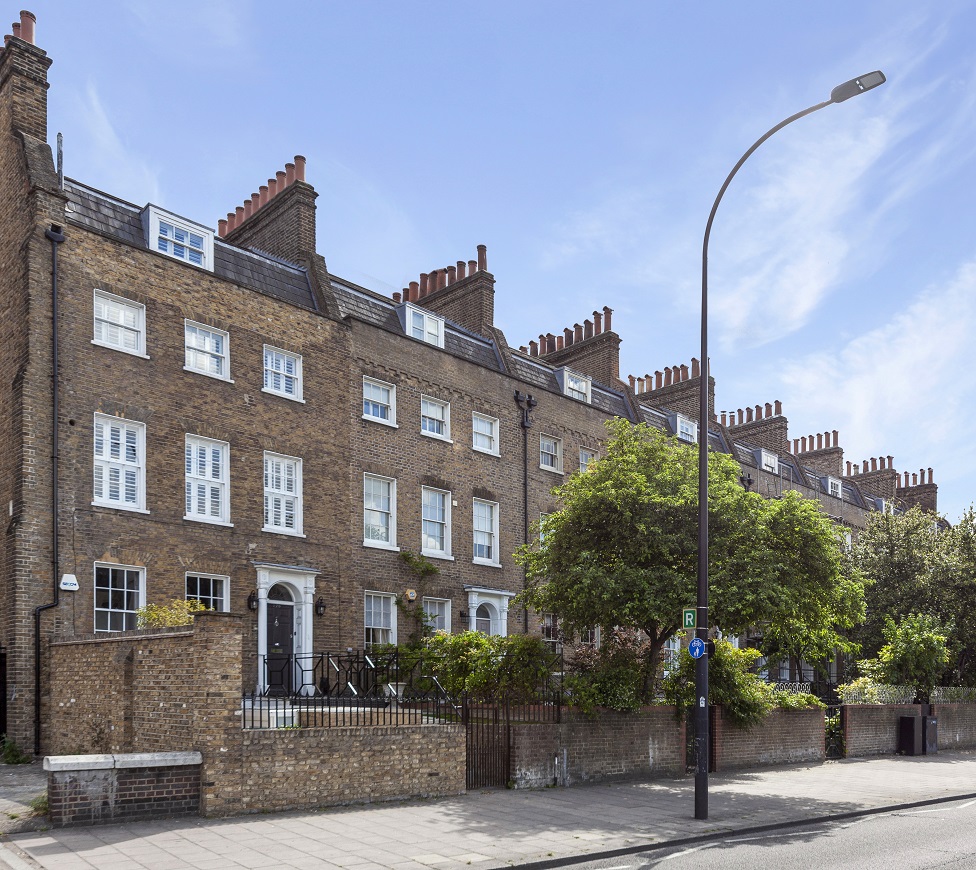Identifying Period Homes: How To Tell if Your Property is Georgian, Victorian or Edwardian
Posted by Knight Frank Newcastle on 1st July 2020 -

When reading property listings or talking about property, you’re probably used to seeing words like ‘Georgian’ used to describe housing styles. In fact, perhaps you could even identify a building as having a distinctive ‘period look’. But what exactly do these definitions mean, and what are the signifiers you should look out for? More importantly – why does it matter?
Knowing how to identify a property’s history is important, whether you’re looking to buy somewhere or simply to understand your own home’s history a little better. A property’s era will directly affect its value, as well as have an impact on any structural or restorative work you may be looking to carry out. While there is no specific definition of a period property, the term is generally used to talk about buildings that were built before World War I. Although there are many styles of architecture that span this period, three of the most distinctive and popular today are Georgian, Victorian and Edwardian. Below you’ll find tips for identifying these styles, as well as fantastic examples of homes that are currently on the market.
Georgian
The Georgian era is the oldest out of the three architectural styles that we’re looking at, beginning in 1714 with King George I and lasting until the death of King George IV in 1830 – with the late Georgian period counted between 1830 and 1837.
Georgian properties were revolutionary at the time, as they were all about large proportions, big window, space and light. Up until this point, most dwellings were small and darker, with small windows and limited light.
You will notice that many Georgian homes have less-impressive top floors, with lower ceilings and smaller windows. This is because typically during this time, staff primarily resided in the top storeys of the home, while families occupied the first and second storeys.
Key characteristics of a Georgian property
• Large, sliding sash windows with small panes – and a real giveaway is a bricked-up window. Between 1696 and 1851, homeowners had to pay a window tax in place of income tax, the idea being that the more windows a home had, the wealthier the owners were. Consequently, homeowners bricked up some of their windows to reduce the rate of tax they had to pay.
• Townhouses arranged over three or four storeys – with small or dormer windows on the top storey.
• Elegant, symmetrical exteriors and balanced bright, light and airy interiors.
• Stucco-fronted exteriors – meaning that the original stonework is rendered in plaster, painted typically white or cream. During the earlier part of the Georgian era, only the bottom half of the house was rendered typically, and the rest of the brickwork exposed. During the Regency era (a sub period of the Georgian style between 1811-20) it was more common for the whole property to be rendered.
• Most Georgian properties will not have their own garden, and instead will be built around garden squares.
Three bedroom maisonette within a Grade I listed Georgian townhouse in Bath, Somerset

Bath is a beautiful city well known for its Georgian architecture – and this wonderful three bedroom maisonette situated in one of Bath’s finest addresses is a perfect example of exactly that.
Victorian
Spanning 1837 – 1901, the Victorian era, under the rule of Queen Victoria I, saw a great shift in socioeconomic attitudes, and consequently architectural styles and home ownership.
During the Georgian period, most homeowners were part of the gentry or wealthy landowners, however with the Industrial Revolution came a wave of house-building, many of which were less grand and more accessible. Large windows and high ceilings were a popular feature of Georgian homes that also became a distinguishing feature of Victorian houses, however generally properties became smaller in proportions.
As the Victorian era lasted for so long, house styles evolved considerably within the period, starting off mainly plain and simple, and becoming more decorative towards the end of the era which rolled into the Arts and Crafts movement, inspired by more ornate design, and subsequently, the Edwardian period.
Key characteristics of a Victorian property
• Coloured brickwork and a brickwork porch
• Narrow hallways with multiple entertaining rooms
• Sash windows, often with window seats
• High ceilings
• Stained glass windows
• A fireplace in every room
• If any decoration remains – heavily patterned, floral wallpaper and geometric tiles in the hallway
Five bedroom Victorian Villa in Haslemere, Surrey

This stunning Victorian Villa is believed to date from 1897 and benefits from the very best of Victorian architecture, including an ornate exterior, high ceilings and sash windows.
Edwardian
The Edwardian period was short, lasting from 1901 to 1910, coming to an abrupt end with the outbreak of World War II in 1914. As an era, it was heavily influenced by the Arts and Crafts movement, promoting bespoke handmade design in counter-argument to the mass production of the Victorian age.
Edwardian houses were mainly built in the suburbs, introducing the idea of ‘garden suburbs’, with a greater focus on outdoor space and privacy. Therefore many Edwardian homes are set back from the street and have front gardens.
Key characteristics of an Edwardian property
• Red brickwork
• Porch with a wooden frame
• Front garden
• Rooms that are wide, opposed to high ceilings
• Rows of houses built in straight lines
• Large windows
Four bedroom Edwardian house for sale in Southwark, London

This grand, Grade II listed home for sale in Southwark, London, is a perfect example of Edwardian architecture, offering a bright and open family home in the heart of the Capital.
Interested in buying your own slice of history with Knight Frank? Browse our period homes today.




